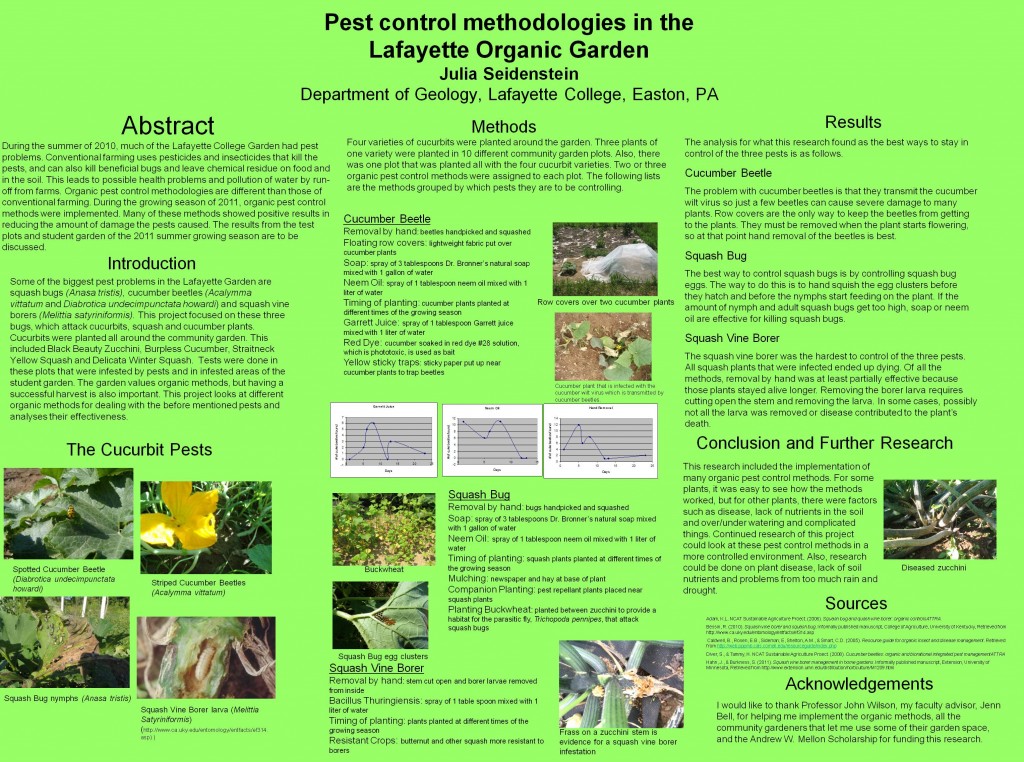Natural Springtime Allergy Remedies
It’s no secret; since spring has arrived the pollen levels have quickly jumped into almost unprecedentedly high territory due in large part to the mild winter that preceded this spring. If you’re like a large number of people in the country, being outside in all this pollen is enough to make your eyes water and your nose start running, not to mention the incessant sneezing and itching that go along with hay fever. And if you have allergies, you know it’s only going to get worse before it gets better, unless of course you find some kind of allergy remedy to block your body’s response to all this stimuli.
Although there are many over the counter and even prescription allergy medicines, they can all cause irritating side effects, so why not take a look at the different all natural remedies that can keep you comfortable and productive in the garden all spring and summer long.
Here are 4 great natural remedies to try out to alleviate those annoying allergy symptoms.
This doesn’t just apply to those with food allergies; there is in fact a large amount of research that suggests that some parts of our diet can have an effect on whether or not we experience allergy symptoms. For instance, those whose diets are rich in omega-3 fatty acids are less likely to experience an allergic reaction, even when exposed to common stimuli such as pollen. The foods that contain these fatty acids should be part of any healthy diet anyway, and include cold water fish, walnuts, as well as lean meat and eggs. Although this won’t help with a sudden attack of allergies, it can reduce one’s susceptibility to them in the first place.
It sounds weird but these plants actually have strong natural antihistamine properties. Of course that doesn’t mean you should go around looking for them to harvest yourself unless you have the expertise necessary to do so without being stung by the plants since that might trigger a reaction not unlike that of being stung by an insect like carpenter bees. Wearing thick gloves can help protect you while harvesting the plants if you’re trying to do it yourself. A better option might be to look for some of the commercially available freeze dried preparations that can help to alleviate allergy symptoms if taken according to the manufacturer’s instructions.
It can also be purchased freeze dried to use in teas and other preparations such as lotions and salves, while keeping intact the antihistamine properties that it is known for.
This weed, common in Europe, might be hard to find in the U.S, but it is effective at helping to get rid of allergy symptoms if used correctly. It has actually been shown to be as effective in fighting the histamine response of the immune system as the active ingredient in the allergy drug zyrtec. The primary method of use is to crush the leaves and use them orally. As an added bonus, studies have shown that using this plant as an anti-allergy treatment does not have the same side effects such as drowsiness that chemical preparations can have on many patients. However, you should be careful not to overdo it, as there have not been any conclusive studies done on the long term health effects of using butterbur for allergies.
Although this is not a preventative measure, it can go a long way towards alleviating the sinus congestion that often accompanies allergy attacks. Using a device known as a neti pot, you can clear out your sinuses and nasal passages using warm water or saline. However a serious word of caution, it is always advisable to only use distilled water, or water that has been boiled, rather than regular tap water due to the possibility of parasites and amoeba being introduced into the nasal passages. This danger, although rare, can result in debilitating and life threatening illness, so it’s best to err on the side of caution and only use water that you can be assured is completely safe.
By doing this, in combination with the other methods listed, you should be able to avoid the worst of the springtime allergy season while still spending as much time as you want in the garden or the outdoors in general. And also while keeping yourself healthy and free of the side effects that can accompany non-natural allergy cures.
Author Bio
Sam Gerald is an avid gardener and longtime allergy sufferer who usually writes about organic gardening and pest control products such as boric acid. He has put some of these tips to use to keep from suffering the worst that spring can throw at you, while still spending lots of time outdoors. He hopes you have success in using these same tactics wherever you may live.











